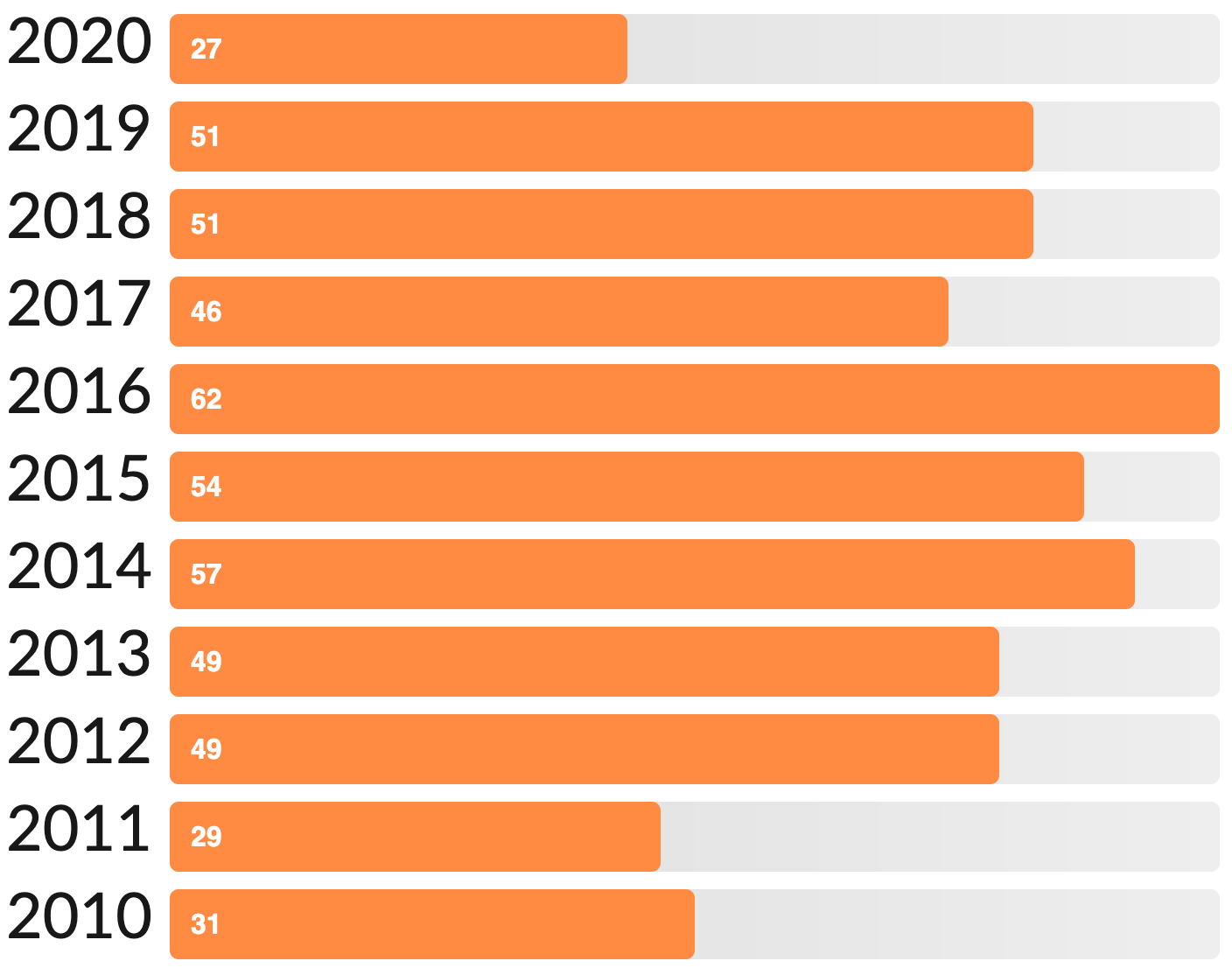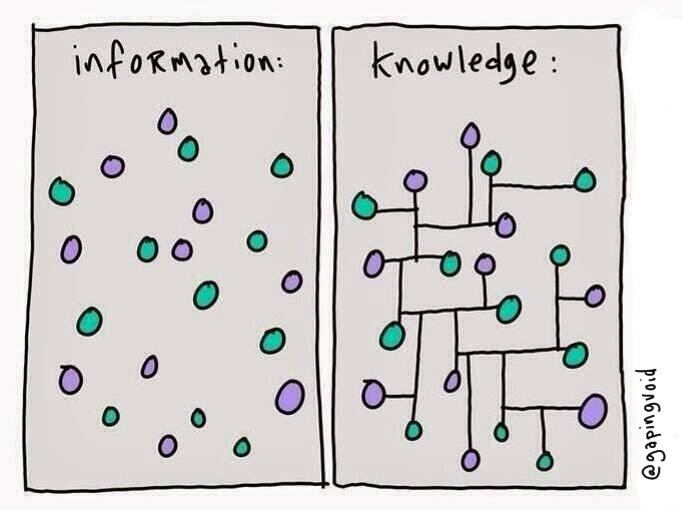I read a lot. Maybe too much… I am not a particularly fast reader, and I only do about 48 books a year (about 70% of those books in audio).

So why do I say that I read “too much”? It is because I can barely remember anything I have read in the past. To date, since 2010, I have ticked off over 500 books. But like most people, I have forgotten pretty much all of it. Is it because I am consuming too much too quickly? Of course not. It because I am not retaining knowledge in an effective manner.
A few months ago my buddy asked me an intriguing question: “What note taking system do you use?” He said he was reading a new book on taking better notes… I thought he meant what app do I use. I have about 15 note taking apps on my devices, so I launched into a (yet again, unnecessary) comparative analysis lecture. What we was really asking was about my methodology. It was pretty simple: I annotate books like crazy in my Kindle, using different colours for certain things, then export the notes to plaintext and store them in one of my many note-taking apps. Generally I write only short articles or book reviews, so during writing I usually pull up my highlights in a window on the left, and a bit of an outline on the right, and piece together my draft that way. When I do a book reviews I might read four or five books from the author to get a sense of their ouvre. It is not too difficult to keep all the salient points in my head.

But for writing that relies on more sources, especially longer writing, this approach is impossible. The big thing my approach lacks is connecting what I am reading with other knowledge. I am relying solely on my memory to hold all the relevant points in order to generate insight. And since the human brain is fallible (well, mine at least), the raw materials used to generate insight are constantly receding into the murky past. This results in me being a victim of the “feature-positive” effect, which is when one puts more emphasis on information that they have recently encountered, even if it is not the most relevant (ie. Recency > Relevancy).
My master’s thesis was over a hundred pages, with dozens of references. My current book will be much larger. I needed a better approach. So I asked my friend about that book he was reading…
The Getting Things Done for academics
There are lots of “productivity gurus” out there selling you bunk. I am a guilty sucker ✋, I’ve tried a bunch. The only two I have stuck with, and evangelize still today, are the Inbox Zero and Getting Things Done methodologies (note, Inbox Zero is heavily based on GTD, so it is really just one methodology). GTD saved my life back in 2005 when I was running my first web design company, had too many competing priorities, and was dropping the ball all over the place. The GTD book by David Allen is super popular — because it works. I even mentioned it in my post of Your life-changing books.
So when it came to having a methodology for taking notes so that I could retain more of what I read, and thereby come up with better insights, I started looking at the book recommendation of my friend: How to Take Smart Notes by Sönke Ahrens.
I am not going to write about the how here. It is one of those things that is deceptively simple, and if you read the book you will see its many impacts on learning, thinking, and creativity. However, to sum up the “simple technique” from the subtitle: it is about reading with a pen in hand and recapping the ideas you are reading in your own words in full sentences, then connecting the ideas in those notes to ideas in other notes to build a web of knowledge, and finally putting notes from various sources together to produce writing products like articles, papers, or books.
From a productivity standpoint, it is similar to GTD in that it breaks projects down into discrete, manageable tasks so you won’t freeze up due to your lack of productivity. You focus on the process and not the outcome, which is much more motivating. If each day you are faced the monolithic task of “writing a book,” it is understandable why you can’t leave dirty dishes in the sink and cannot log out of Twitter. But if you set your goal to be simply writing a handful of well-constructed notes each day, that is a much easier task to tackle.
Each day you add notes and make connections, then make notes about the connections. This is where “thinking” happens. This is the work: the productivity that you can easily measure every day. This is the zettelkasten methodology, or what some people call building a “second brain.”

The zettelkasten is the field where you harvest your ideas, your daily productivity is seeding that field with a critical mass of useful notes.
I have been working with this methodology for the past couple of weeks and it has been pretty freeing. Like when you do your first GTD brain dump and feel your stress dissolve because you trust the system, I have been recording all the ideas/facts/data I have been coming across in my system, freeing my brain up for thinking, which is the most enjoyable creative act to me. After reading the book How to Take Smart Notes I see there are many more benefits to using a zettelkasten other than productivity. I feel like it has been life-changing, and it certainly has already impacted the approach I am taking with my new book.
If you want to learn more, in this video the author gives a nice introduction to the concept and its history (at about the 30 minute mark he discusses productivity). That is highly recommended viewing, but I would also recommend the book. It is short, and packed with ideas (it generated 3,300 words of notes in my zettelkasten!).


